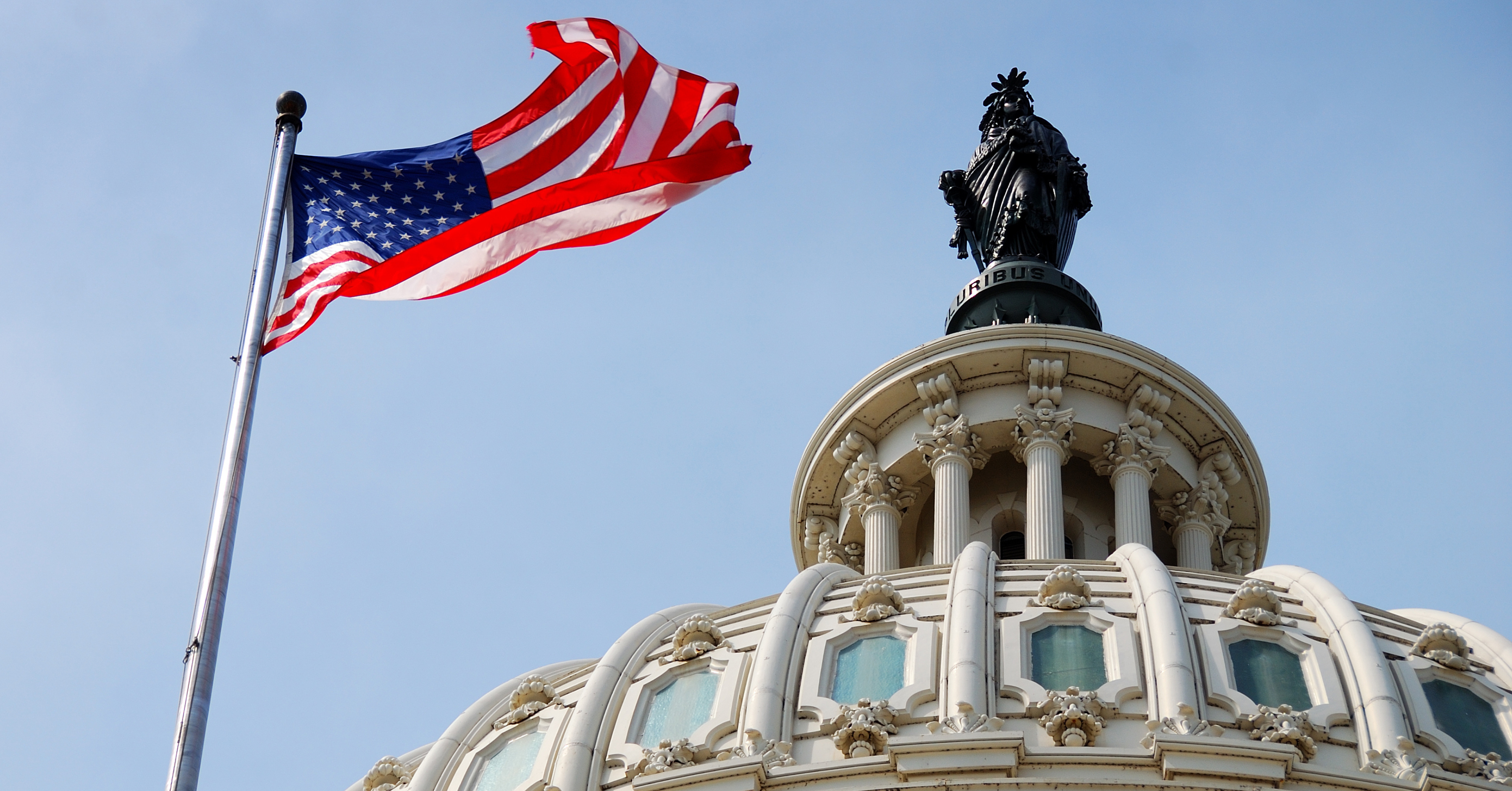The State of our Union is… Still Leading to Higher Taxes

Last week, President Biden delivered his State of the Union Address to Congress and the American people.
So this week, I’m here to tell you what it means for American savers and the clients you serve.
This year’s State of the Union address was short on policy and long on politics. Most of President Biden’s remarks were aimed at November’s election and his likely opponent in the race; we didn’t hear about many new policy initiatives or ideas the White House may be pursuing in the months ahead.
However, just because the speech was short on policy doesn’t mean there’s nothing we can learn from it.
In fact, much of what the President said doubled down on trends we’ve seen from the Biden administration over the past four years, and they give us insight into what may be ahead if we have a second Biden administration in January.
So here are my three key takeaways from the speech - and how they could impact your clients:
| The tax code is written in pencil - and the White House has an eraser.
One of the more poignant parts of Biden’s speech was when he paused, looked at the camera, and asked: “For folks at home, does anybody really think the tax code is fair?” When savers have deferred their taxes to the future in an IRA or 401(k), any changes to the tax code have the potential to impact their retirement income negatively. After all, higher taxes mean more money going to the IRS, and less going into their pockets to spend. The President was acknowledging that our tax code is written in pencil, and he has the power - with Congress’s help - to erase it and overwrite it at any time. The President’s State of the Union remarks indicate he’s not afraid to make changes, which could increase legislative risk for savers - especially savers with higher retirement account balances.
| The Trump Tax Cuts are gone - if this President has anything to do with it.
Unsurprisingly, the President took direct aim at one of the hallmark legislative packages of his predecessor (and current opponent): The Trump Tax Cuts. Many provisions of those tax cuts are set to expire in 2025 - unless Congress acts to extend them. This includes the bracket reductions for individual income taxes, which are currently helping many of our clients access and convert funds at lower tax rates. With his remarks, the President made it clear he opposes these cuts, stating, “The last administration enacted a $2 trillion tax cut that overwhelmingly benefits the very wealthy and the biggest corporations and exploded the federal deficit.” If we have a second Biden administration come January, we can expect the tax cuts to expire and our clients’ bracket rates to revert to their older, higher rates. Net/net: If your clients are looking to convert tax-deferred funds into tax-free funds at today’s lower rates, the window could be rapidly closing.
| No tax hikes for those making less than $400,000… maybe.
Once again, we heard the President echo a pledge from the campaign trail: “Under my plan, nobody earning less than $400,000 will pay an additional penny in federal taxes.” On its surface, this should bring comfort to some of our clients. But the President’s remarks were noticeably empty of any details on how the White House intends to keep this pledge. After all, our current federal debt is more than $34 trillion and growing. Each year, the government spends about $1.4 trillion more than it takes in - year after year. This is not sustainable, so as a nation, we will either need less spending or more tax revenue. The challenge is how to get more tax revenue while keeping the President’s promise of only taxing the “rich.”. A recent analysis by the Cato Institute noted: “If Congress confiscated every dollar earned by individuals and businesses past their first $500,000, it would still be about $200 billion short of covering the cost of next year’s projected $1.7 trillion deficit—unrealistically assuming no behavioral or other economic effects from taxing 100 percent of earnings.” The State of the Union didn’t shed new light on how to accomplish the nation’s revenue goals while meeting this pledge to hold harmless those making less than $400,000 a year. Here’s a good primer on how our growing deficit can lead to higher taxes for your clients.
In the end, the risks our clients face post-State of the Union are identical to the ones they faced before it: the risk that America is entering an era of rising taxes; the risk that Congress may change the rules in a way that negatively impacts their retirement approach; and the risk that an overallocation to tax-deferred saving may make it harder for them to meet their retirement income needs.
Beyond the State of the Union address, an election year often brings volatility to U.S. policy—and that can bring uncertainty to your clients as they prepare for retirement. As a trusted advisor, you can help educate your clients so they’re prepared. And if you need a little help, check out Stonewood Financial’s Legislative Risk Toolkit for videos, seminars, and handouts that help savers prepare for the wild ride in Washington.

%20The%20Answer%20is%20Yes...%20And%20No..png)
.png)